The newly-restored 1957 BMW 507 Roadster of Elvis Presley will be displayed for the first time in public at the 2016 Pebble Beach Concours d’Elegance, to be held Sunday, August 21st at the Pebble Beach Golf Links in California during Classic Car Week.
Already famous, and serving an obligatory two-year hitch in the Army, Elvis was stationed in Germany when he witnessed hillclimb champion Hans Stuck race a 507 at the Autodrome de Linas-Montlhéry in the south of Paris. “The King of Rock n’ Roll” leased that same roadster in December 1958.
Elvis used the BMW 507 to drive between his home in Bad Nauheim and the US Army Base in Friedberg. His female fans always kept a close eye on him and he was often mobbed by them. The paintwork of the roadster was frequently daubed with messages of love painted in lipstick. These signs of adoration were by no means unusual for a rock star but they were an embarrassment to Presley as a young US soldier. A new livery in Red for the vehicle solved the problem.
In March 1960, Elvis Presley ended his military service in Germany. Back on American highways, he must have abandoned sheer driving pleasure in an open-top BMW since a few months later he traded in the red roadster bearing chassis number 70079 with a Chrysler dealer in New York. The dealer in turn sold the car for the low price from today’s perspective of $4,500 to radio moderator Tommy Charles. Charles took the automobile to his home town of Birmingham in the state of Alabama where a successful racing career began, although this move was questionable when it came to the issue of authenticity. The BMW 507 was fitted with a Chevrolet engine in preparation for action on the race track. This took up so much space that parts of the front frame carrier had to be cut out. The gearbox and the rear axle, and the instruments in the cockpit were replaced. Charles won a race in Daytona Beach, Florida with the radically modified roadster and he lined up on the starting grid in several more competitions before selling the vehicle in 1963.
Two more changes of ownership followed and the BMW 507 then went to California. Space engineer Jack Castor acquired the car in 1968 and he used it occasionally as a runabout for everyday use before deciding to put the car into storage for a subsequent restoration. Castor was a passionate collector of historic bicycles and over the years he also amassed a collection of classic automobiles in Half Moon Bay to the south of San Francisco. He got involved with several classic car clubs and delved into the history of the vehicles he had acquired.
Castor also put together a comprehensive dossier on his BMW 507. Meanwhile, the engineer had gone into retirement and one day he happened to see an article in “Bimmer” magazine about the 507. Castor wrote to the author Jackie Jouret, told her about the BMW 507 with chassis number 70079 that he owned and invited her over to look at the vehicle. He was aware that he was the owner of the racing car driven by “hillclimb champion” Hans Stuck, but up to then he had only been able to speculate about a potential connection with Elvis. However, Jackie Jouret was absolutely certain about this issue. She accompanied Jack Castor to a warehouse for pumpkins where the red BMW 507 was stored alongside other venerable vehicles. “Jack had tied down its engine bonnet with ropes,” recalled the journalist when she looked back on the moment of discovery. “It took some time until we actually got the engine compartment open and identified the stamped chassis number: 70079, the Holy Grail among BMW numbers.”
Jack Castor had already collected a large number of parts carefully stowed in boxes for the planned restoration of the roadster to its original condition. What he lacked was an appropriate engine and the necessary time to see the project through. However, things then started to happen. Jackie Jouret set up the contact with BMW Group Classic where new information about the identity of the BMW 507 used by Elvis Presley in Germany was being gathered. This allowed the facts that had been researched in the USA to be confirmed.
Jack Castor was not interested in making a fast buck out of the unexpected additional fame of his BMW 507. However, the contact with BMW Group Classic was strengthened. After several years and a number of discussions with the experts for restoring classic cars at BMW Group Classic, Klaus Kutscher and Axel Klinger-Köhnlein, an agreement was reached. Alongside the purchase of the vehicle by BMW Group Classic, it also included the authentic restoration of the car along the lines envisaged by Castor.
The time had come in the spring of 2014. The BMW 507 was shipped to Germany in a container, together with the spare parts collected by Castor. The first stop in Munich was the BMW Museum where the roadster was presented to an admiring audience in the special exhibition “Elvis’ BMW 507 – lost and found”. Work then began on restoration in the workshop of BMW Group Classic.
“The opportunity to bring back the BMW 507 owned by the King of Rock’n’Roll to us here in Munich for purposes of restoration in accordance with the wishes of the previous owner, Jack Castor, was a dream come true for all those involved,” commented Ulrich Knieps, Head of BMW Group Classic.
As was usual for projects of this nature, phase one was primarily destructive in nature. The vehicle was completely dismantled, a process which in this special case took an entire week, rather than the two days that had been originally planned. Initially, the aluminium body was separated from the floor assembly made of sheet steel. This was the only way of retaining as much of the original material as possible. The paint was then removed from the floor assembly in an acid bath and from the body in an alkaline bath. The engine had already been removed and the remnants of the interior that remained had been set aside.
A lot of components had to be remanufactured from scratch because the stocks of original parts for the BMW 507 are limited even at BMW Group Classic. Traditional craftsmanship in the style of the 1950s was melded with high-tech production procedures of the modern world. The instrument panel was newly cast on the basis of the original. The leather upholstery was created to precisely match the pattern shown in old photographs and catalogues. When the seats were reconstructed, it proved possible to use the original steel subframe for the seats after all the rust had carefully been removed. A rubberised coconut mat was then drawn over the steel springs. This natural material was already being used in the 1950s for series production of the BMW 507, alongside the overlaid felt and linen layers to make the seats as comfortable as possible. Window winders and door handles were remanufactured in an advanced, modern 3D printing process based on the original dimensions. After producing a digital data set by three-dimensional scan of the original part, a facsimile was generated with the help of additive manufacturing and mirror finished afterwards. By contrast, the rubber seal for the tank cover was reproduced in a conventional manufacturing procedure. Since this component like many others in the BMW 507 had fallen prey to the ravages of time, a small series was produced. This means that roadster users are now able to source this spare part in the parts shop of BMW Group Classic.
The engine for Elvis’ BMW 507 was completely rebuilt from spare parts. The 3.2 litre V8 engine was reconditioned precisely in conformity with the original specifications of the BMW 507, but it was not given an engine number on account of the unavoidable but otherwise unusual use of old and new components. The front frame carrier, which had been cut down at an early stage, also had to be reproduced in its original geometry and integrated in the floor assembly. The wooden nailing strip for fixing the soft top in place was also reproduced using materials and processing methods in keeping with the 1950s.
Maximum authenticity was also the objective in painting the vehicle. The BMW 507 is now finished once again in Feather White. The primer coat, the filler and the top coat were not applied by the methods that are commonplace today. Rather, they were implemented in a procedure that corresponds to the technology in use some 60 years ago. This enabled the excessive colour brilliance to be avoided which is considered desirable nowadays but is inappropriate for classic cars.
Similar to the reconstruction of the V8 engine and the use of true-to-original parts and production procedures, the selection of paintwork also corresponds to the conditions defined by Jack Castor. Right from the start, he wanted to restore the roadster to the original condition it was supplied in back in 1958. However, his aspiration to be able to see the BMW 507 through the eyes of the “King” remained unfulfilled. Jack Castor passed away at the age of 77 in November 2014. The BMW 507 will be presented there for the first time not simply as the automobile of the “King”, but also as the legacy of Jack Castor and a masterpiece of BMW Group Classic.
[Source: Pebble Beach Concours; BMW Group]


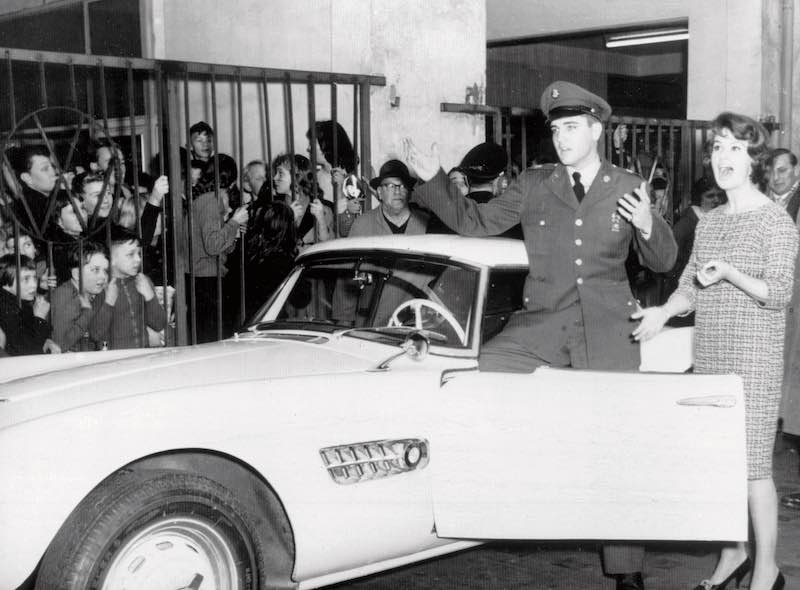

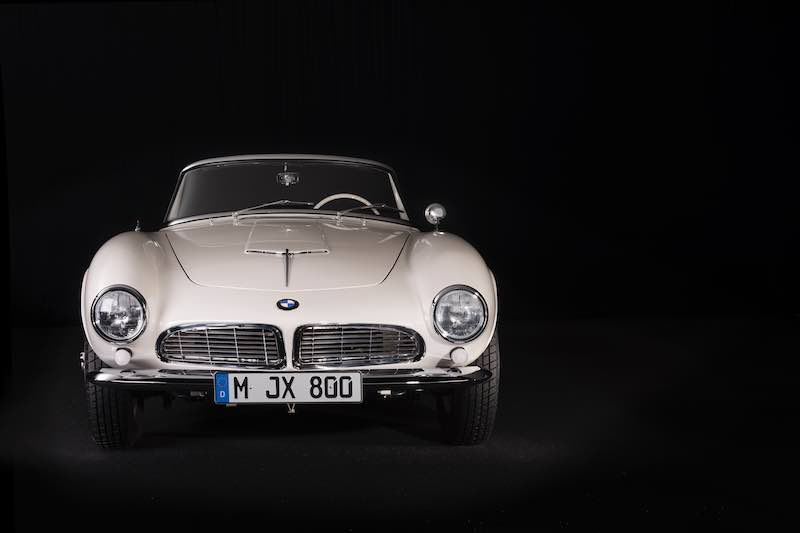
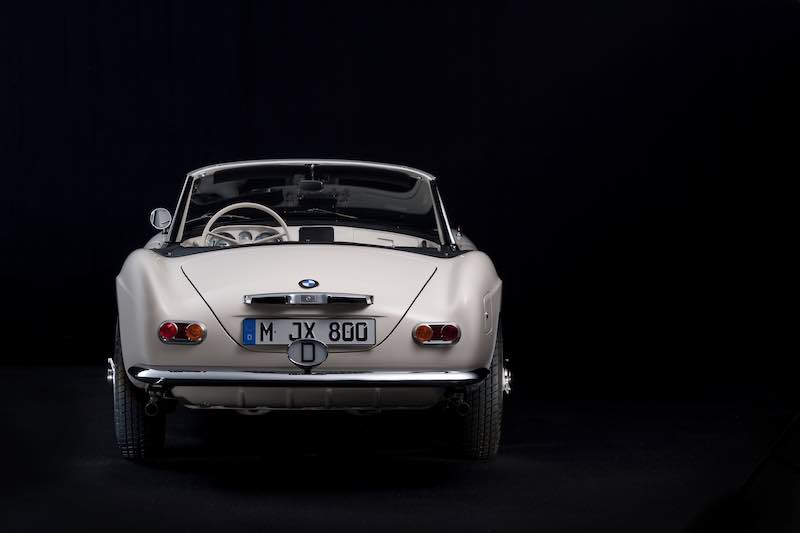
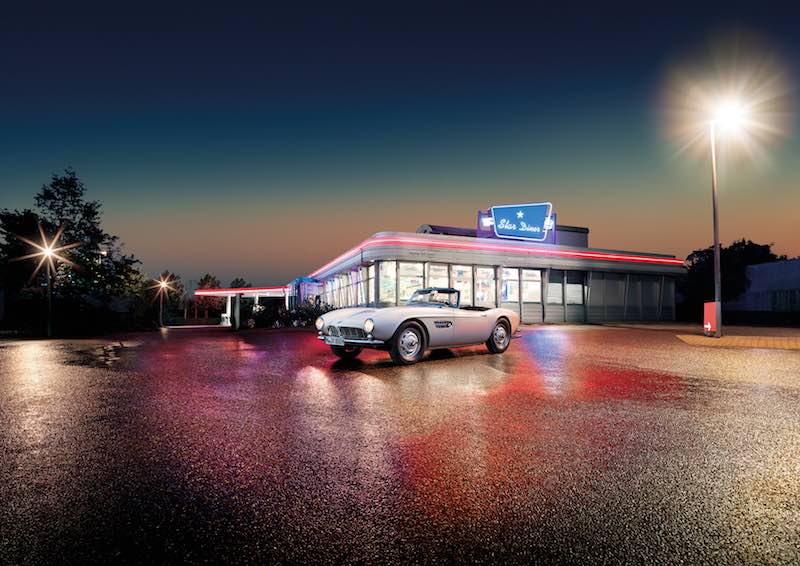
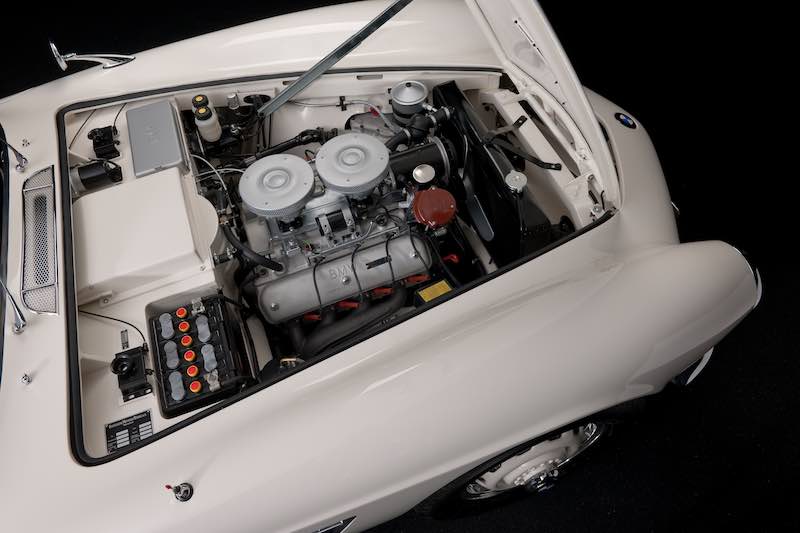
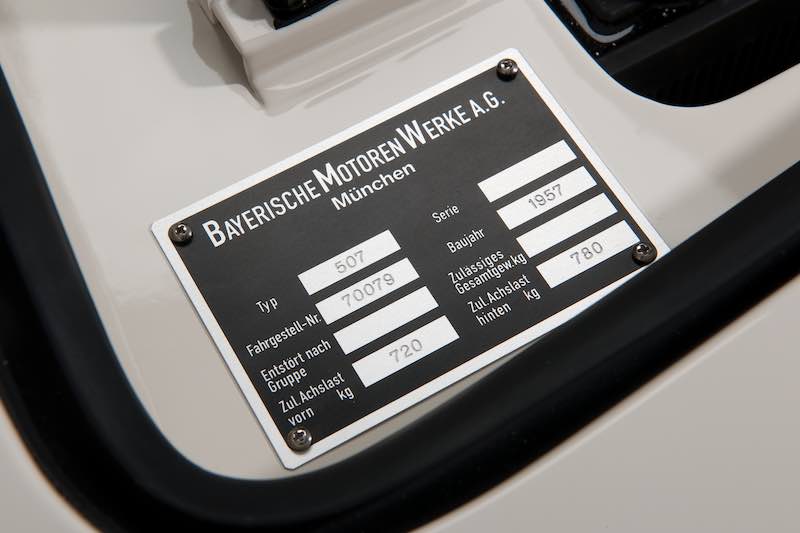

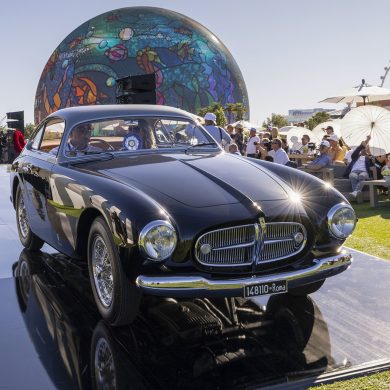
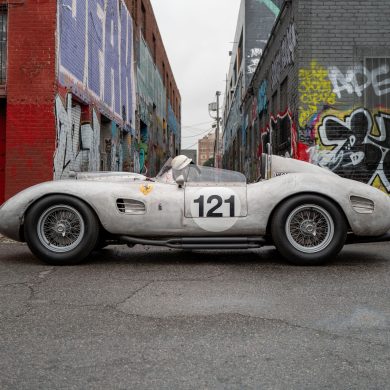
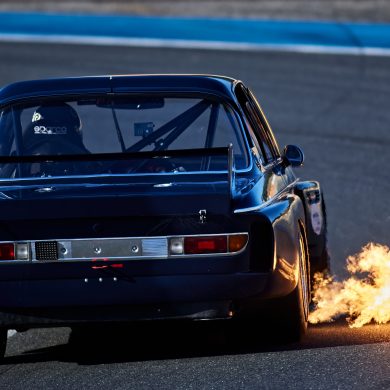
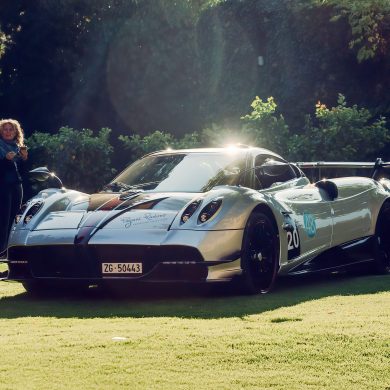



Great article..thanks